Serving Tea & Coffee To Guests – Service Standard | Hotels | Restaurants | Resorts
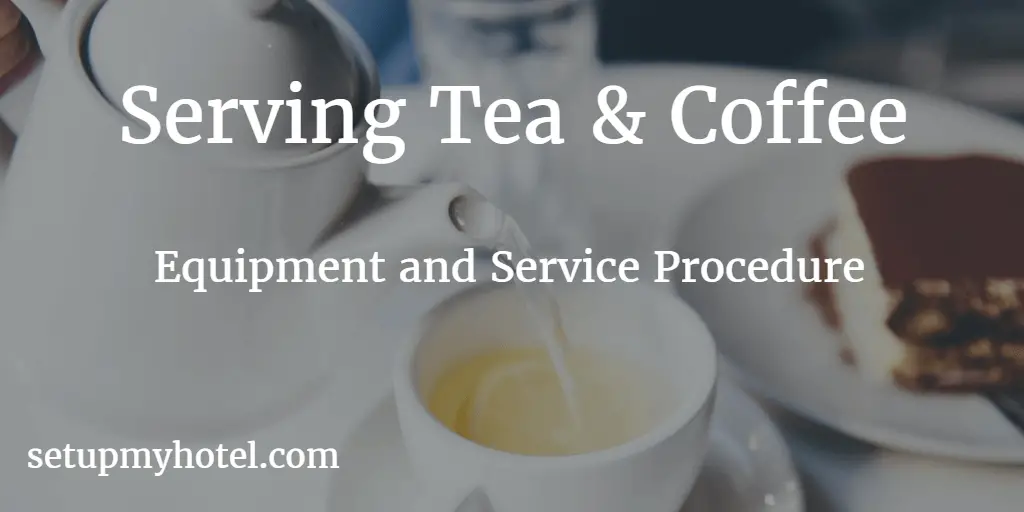
Serving Tea and coffee to Guests – Service Standards Serving tea and coffee to guests is a vital aspect of ...
Read more
Five Step Process In Restaurant Revenue Management Approach
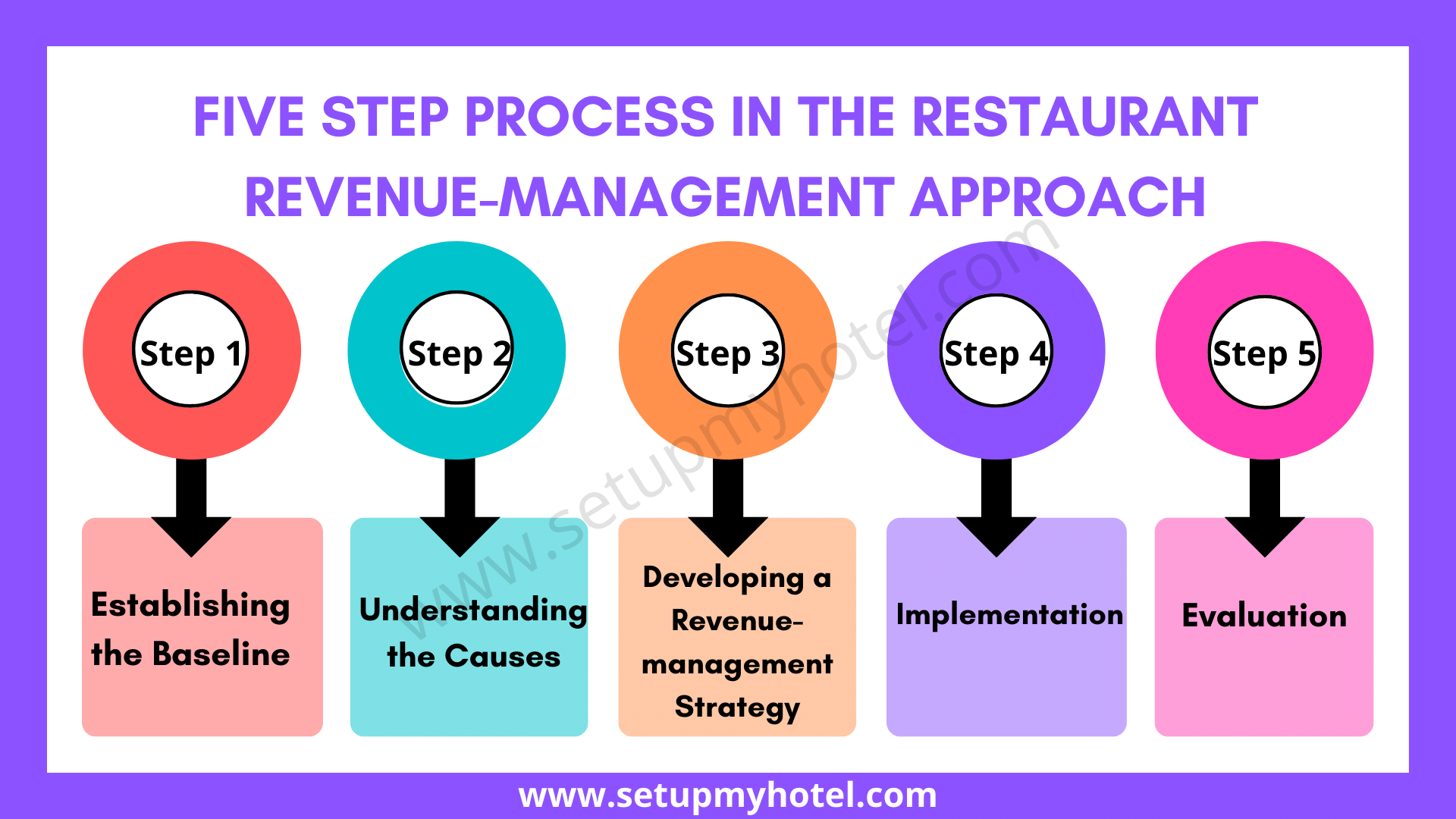
Five-Step Process In Revenue – Management Approach The five-step process outlined above was used to develop a revenue management strategy ...
Read more
The Sequence Of Service In Restaurant (Stages Of Food Service)

The Sequence Of Service In Restaurant The sequence of service in a restaurant is a crucial aspect of providing a ...
Read more
Hotel Fact Sheet Sample / Sample Hotel Information Sheet / Fact Book
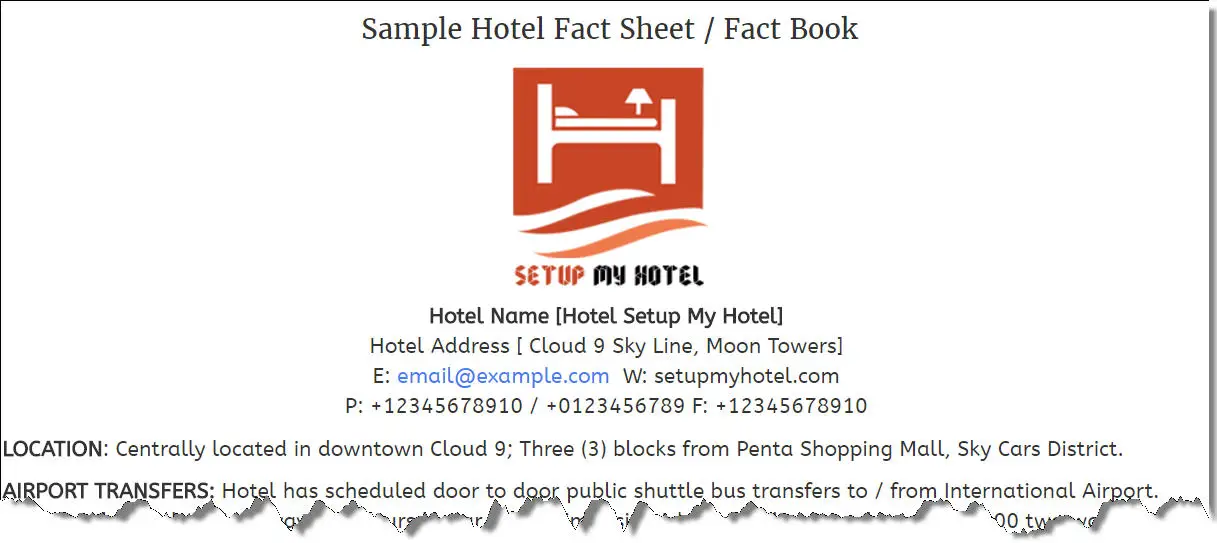
Hotel Fact Sheet Sample / Hotel Fact Book Sample The purpose of a hotel fact sheet is to provide potential ...
Read more
Housekeeping Department Organizational Chart
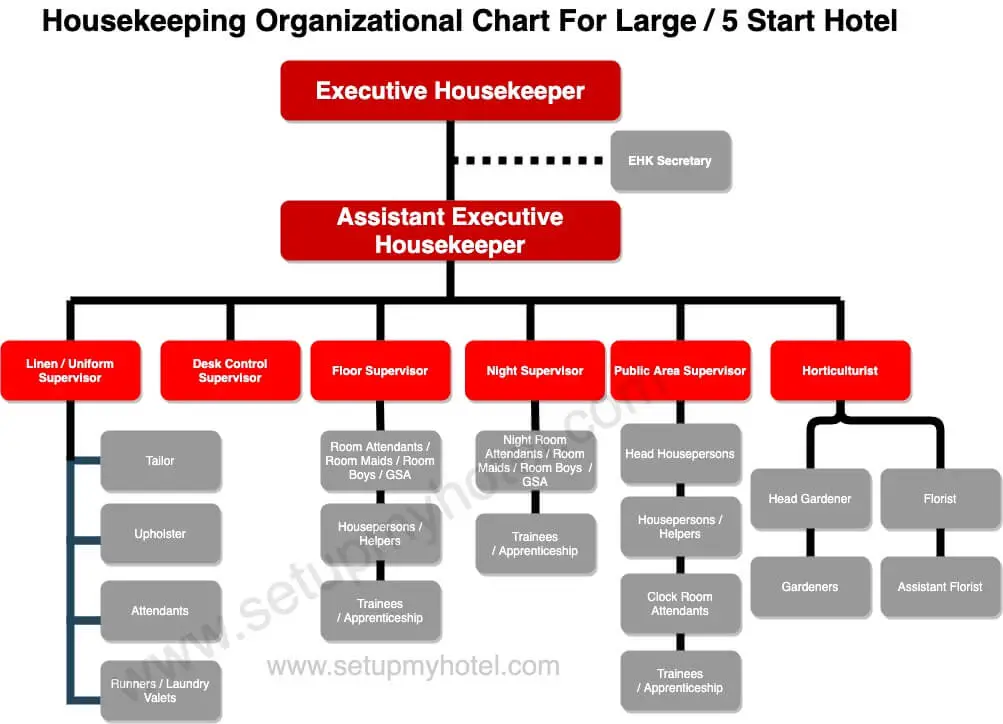
Housekeeping Department Organization Chart – Large Hotel | Small Hotel | Medium Hotel | Chain Hotel The Housekeeping Department is ...
Read more
Hotel Laundry Operation & Flow Chart
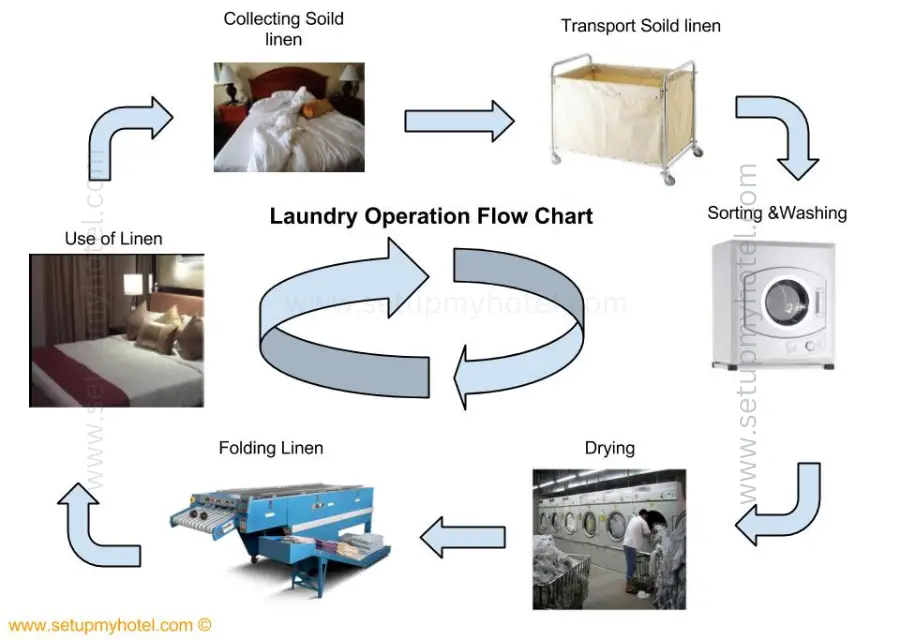
Hotel Laundry Operation and Laundry Flow chart When it comes to managing a hotel’s laundry operations, it’s important to have ...
Read more
Difference Between Skipper And Sleeper

Difference Between Skipper and Sleeper in the Hotel Industry Introduction: Decoding Skipper and Sleeper in Hotel Operations In the realm ...
Read more
Suggested Training Schedule For New Housekeeping Employees – Hotels | Resorts
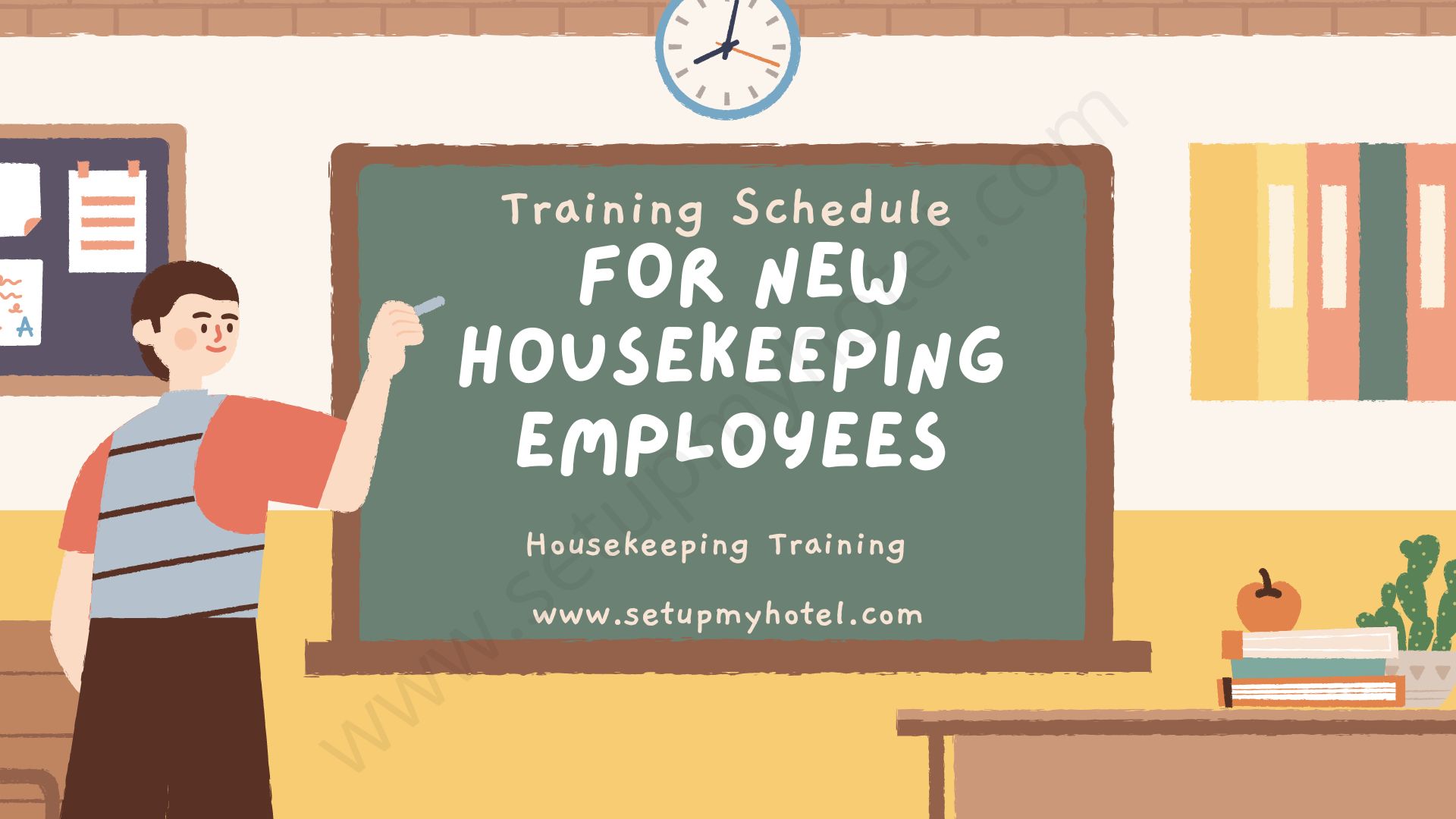
Suggested Training Schedule For New Housekeeping Employees As a new housekeeping employee, you will undergo a comprehensive training schedule to ...
Read more
Terminology of Cleaning in Hotel Housekeeping Department
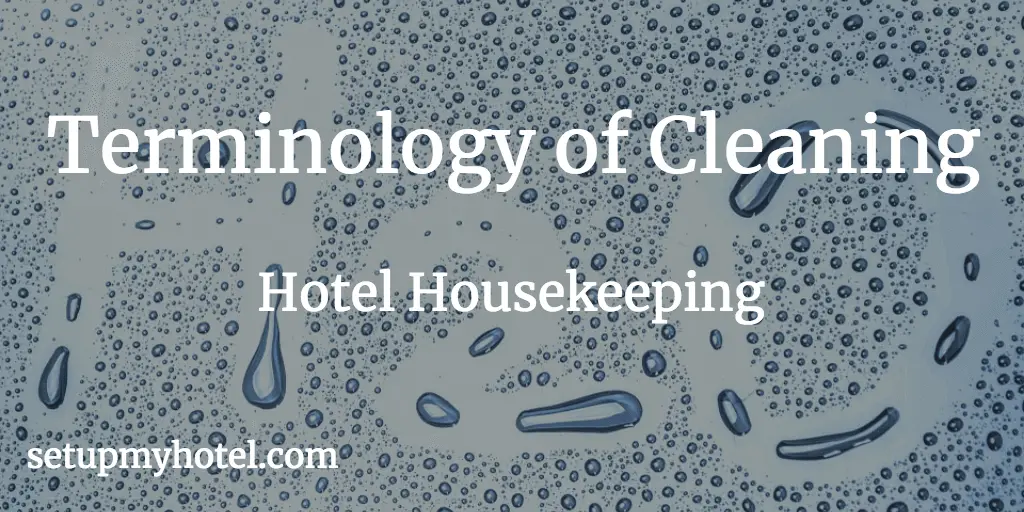
Basic Terminology of Cleaning in the Housekeeping Department The hotel housekeeping department plays a very important role in ensuring that ...
Read more










